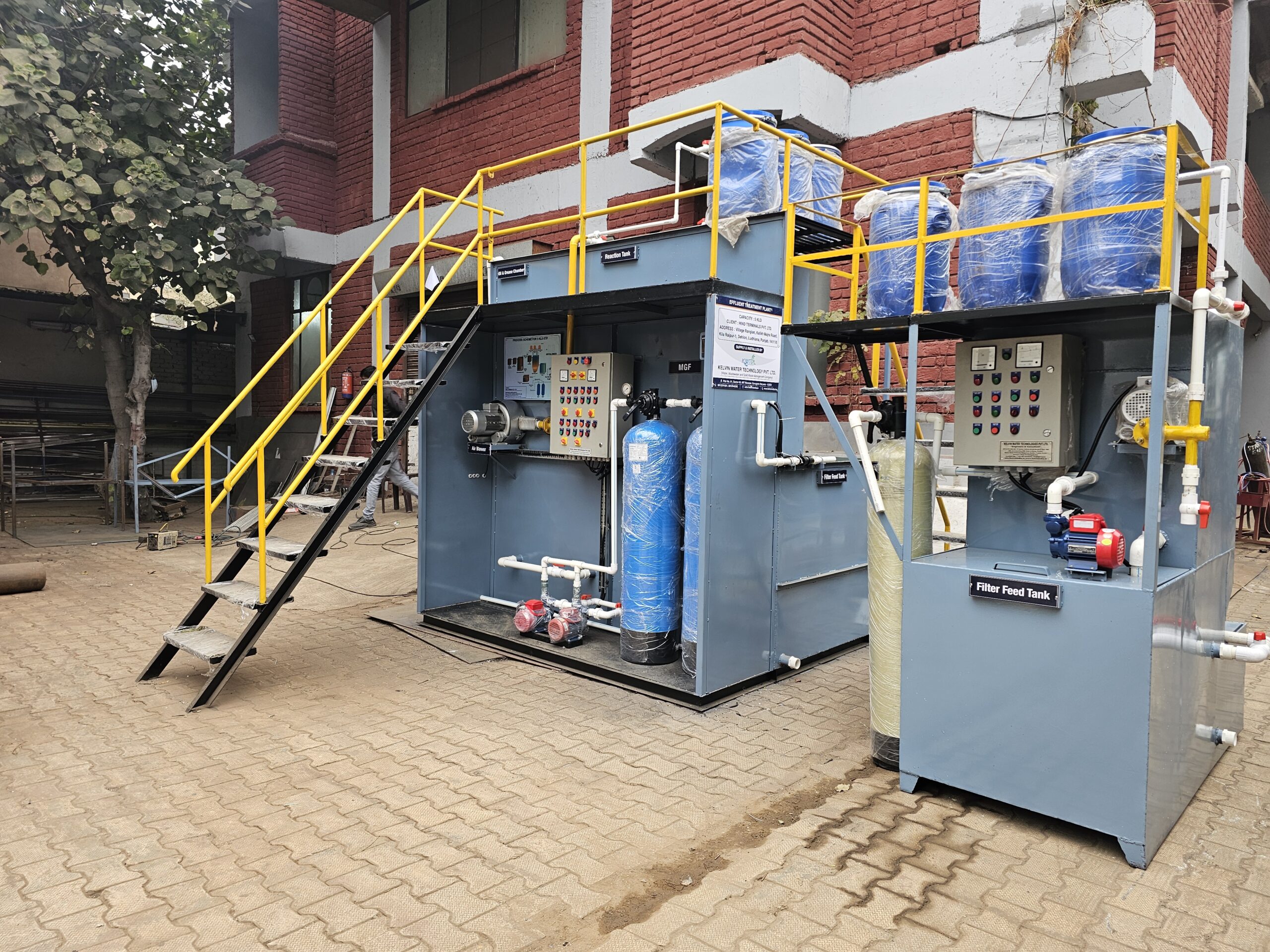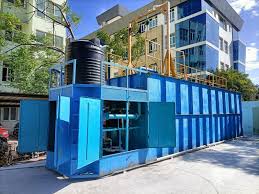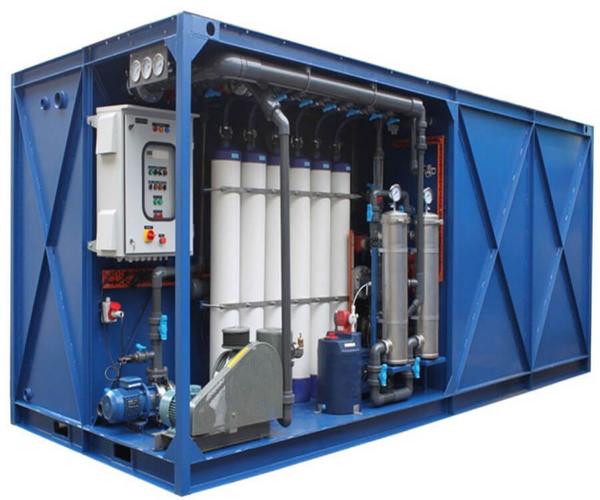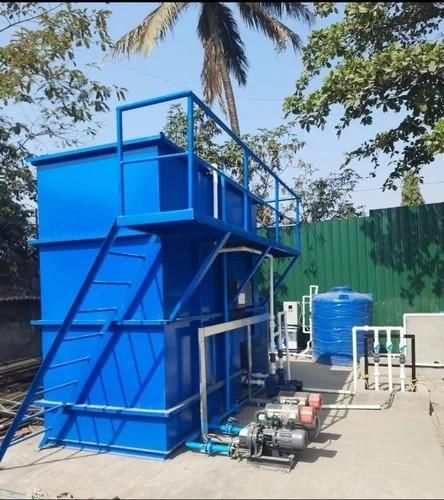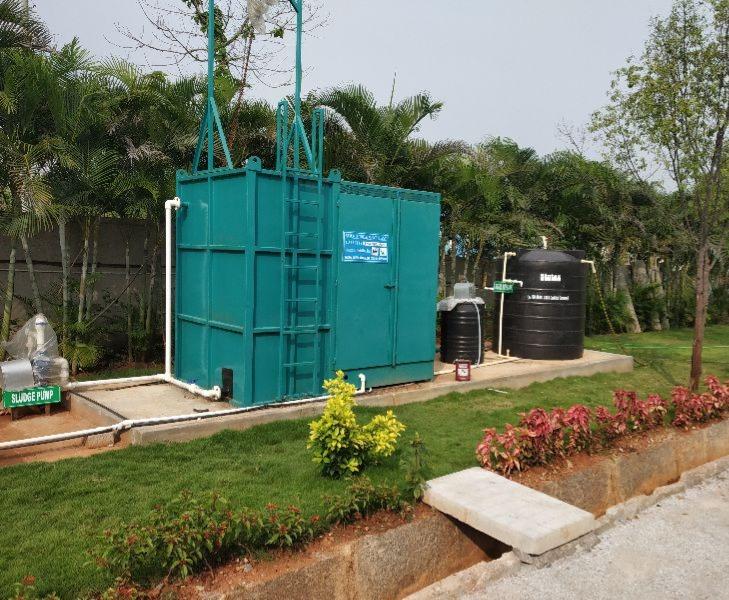Description
Product details
A modular ETP can be configured to include multiple treatment stages, with each module handling a specific function. 1) Preliminary treatment: This stage removes large solids and grit using screens to protect the downstream equipment from clogging. 2) Primary treatment: Wastewater flows into sedimentation tanks, where heavy solids and sludge settle out. 3) Biological treatment: Aeration tanks containing microbial biomass break down biodegradable organic matter. Common modular technologies for this stage include: a) Moving Bed Biofilm Reactor (MBBR): Uses free-floating plastic carriers for microbial growth. b) Membrane Bioreactor (MBR): Combines biological treatment with membrane filtration to produce high-quality effluent. c) Sequencing Batch Reactor (SBR): Treats wastewater in batches within a single tank. 4)Secondary clarification: After biological treatment, the biomass separates from the treated water, producing a clearer effluent. 5) Tertiary treatment (polishing): This optional stage further purifies the water to meet stringent discharge standards or for reuse. It can involve sand filters, activated carbon filters, or disinfection with UV light or chlorine. 6) Sludge treatment and disposal: The sludge collected during treatment is dewatered and stabilized for safe disposal or reuse. Advantages Cost-effective: Lower initial capital expenditure is possible because industries can invest incrementally by adding modules as needed. Flexibility and customization: The modular design allows for a high degree of customization to match specific wastewater characteristics and treatment goals. Reduced civil work: Minimal on-site civil engineering and construction are required for installation, lowering costs and installation time. Rapid deployment: Prefabricated units reduce on-site construction time by up to 50%, allowing projects to come online faster. Common applications Modular ETPs are used across many industries, particularly those with smaller-scale operations or a need for flexibility. Textile and food processing industries Pharmaceutical and chemical manufacturing plants Remote or rural locations where centralized treatment is not feasible Construction sites and other temporary projects Hotels, resorts, and commercial complexes


